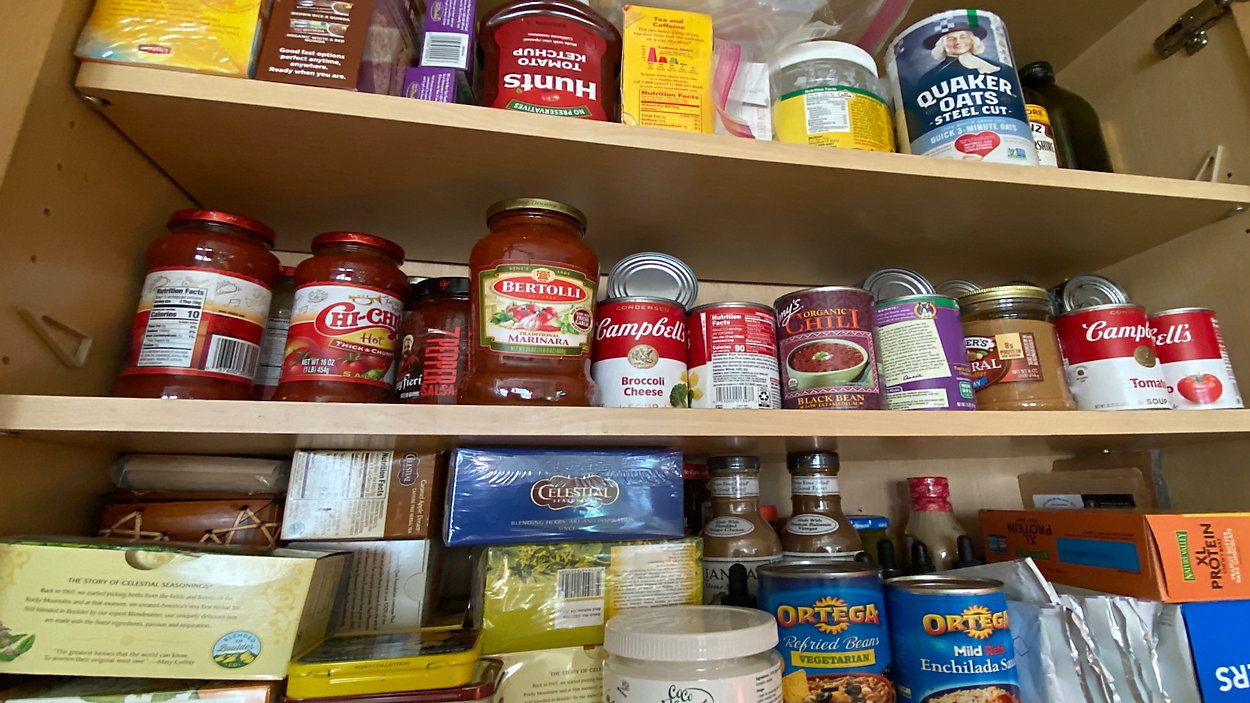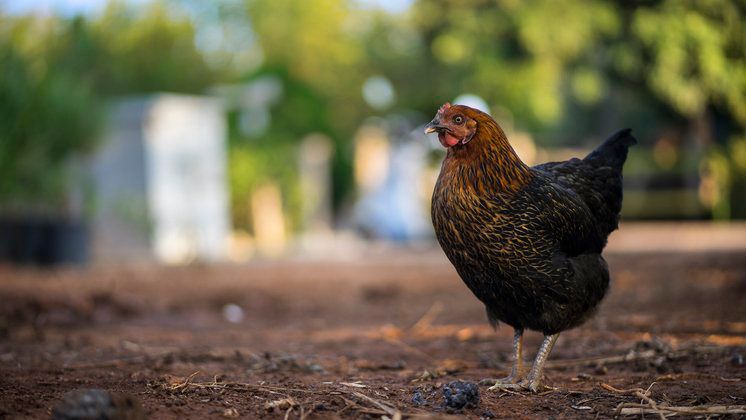U.S. Sen. Brian Schatz and U.S. Rep. Jill Tokuda, both D-Hawaii, praised the U.S. Department of Agriculture Thursday for its plans to review and update the way it calculates Supplemental Nutrition Assistance Plan benefits in Hawaii.
“For many in Hawaii, SNAP is a lifeline, helping families put food on the table,” said Schatz, who had previously urged USDA secretary Tom Vilsack to update the department’s cost analysis for the state. “But to make sure this program continues to help those who rely on it, SNAP benefits need to keep up with the real cost of food across the state. I thank the USDA and Secretary Vilsack for working with us to update SNAP benefits for Hawaii so that those who need it can continue to access this critical federal program.”
Through March 4, the department is collecting feedback from stakeholders in Hawaii regarding the cost of food and how SNAP can better serve local communities.
Following the initial information-gathering phase to gather information, USDA will use the data it collects to propose and finalize a new rule to ensure benefits take into account food costs for residents across the state.
An estimated 200,000 Hawaii residents rely on SNAP, a federal program that provides benefits to low-income individuals and families that are used at stores to purchase food. It’s administered at the federal level through USDA’s Food and Nutrition Service and at the state level in Hawaii by the Hawaii Department of Human Services.
As Tokuda has repeatedly noted, USDA relies solely on food-cost data from the City and County of Honolulu and does not account for the higher cost of food in the other counties when evaluating the Thrifty Food Plan, which determines the maximum Supplemental Nutrition Assistance Program benefit for the state.
In July, Tokuda introduced legislation that would separate the Thrifty Food Plan study in Hawaii between urban and rural communities.
“I am pleased that the USDA recognizes the gross miscalculation that has been occurring in only considering food costs in Honolulu,” said Rep. Jill Tokuda. “It has been unacceptable to me that SNAP benefits for Hawaii have been calculated in a way that ignores every island other than O‘ahu which is contributing to a reduction of SNAP benefits for Hawaii families. When I fly throughout my district, I walk through grocery store aisles and see the higher prices and often empty shelves. Our ohana in the Second Congressional District deserve better, and I encourage the local food industry and research community to participate in the USDA’s Request for Information and submit comments on the price of food across our state.”
The public can submit comments to the USDA online through the Federal eRulemaking Portal at http://www.regulations.gov. Comments may also be submitted via email to fns.foodplans@usda.gov or mailed to: Kevin Meyers Mathieu, Economic Advisor, Nutrition Guidance and Analysis Division, Center for Nutrition Policy and Promotion, Food and Nutrition Service, U.S. Department of Agriculture, 1320 Braddock Place, Fourth Floor, Alexandria, VA 22314.







